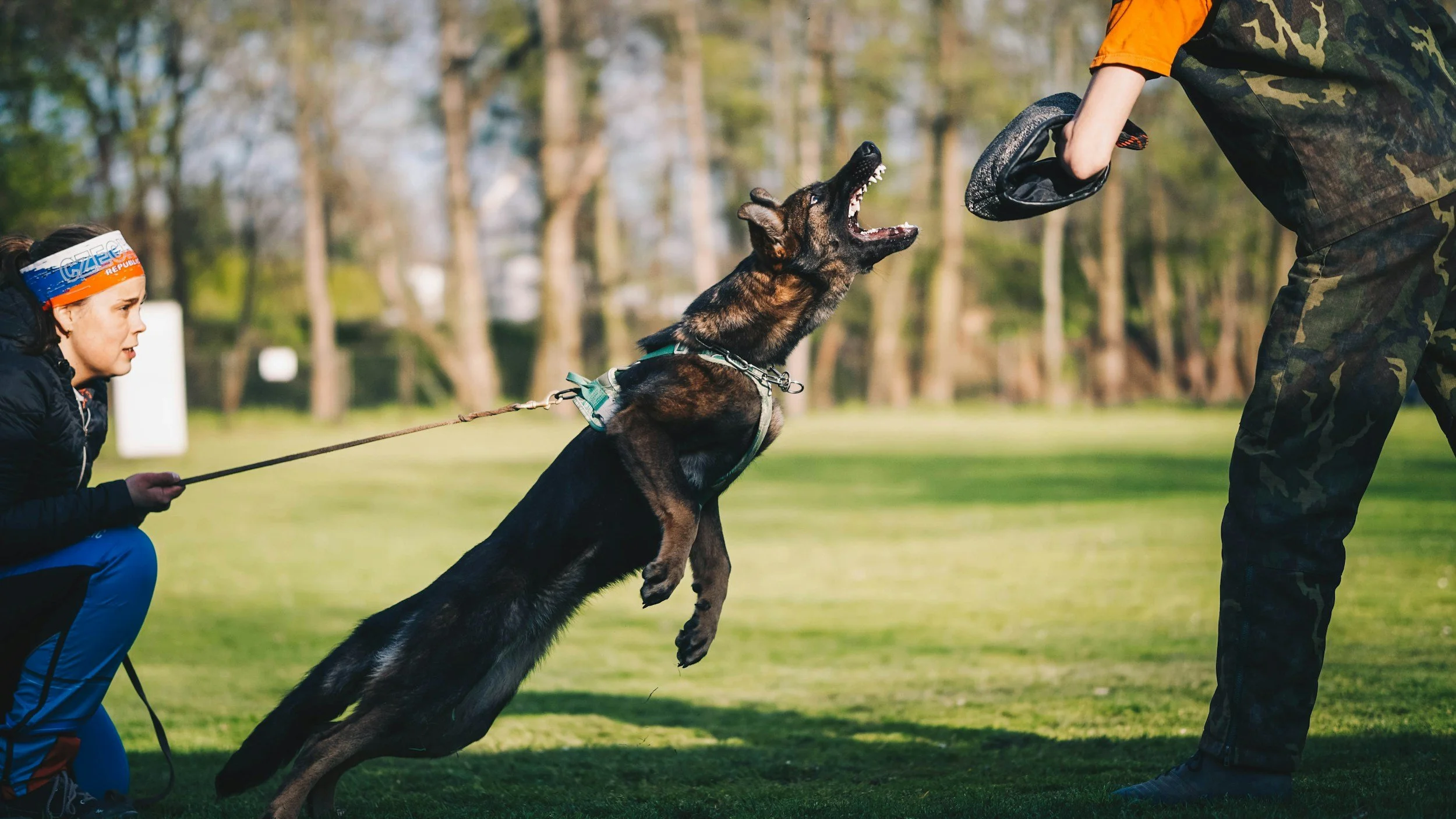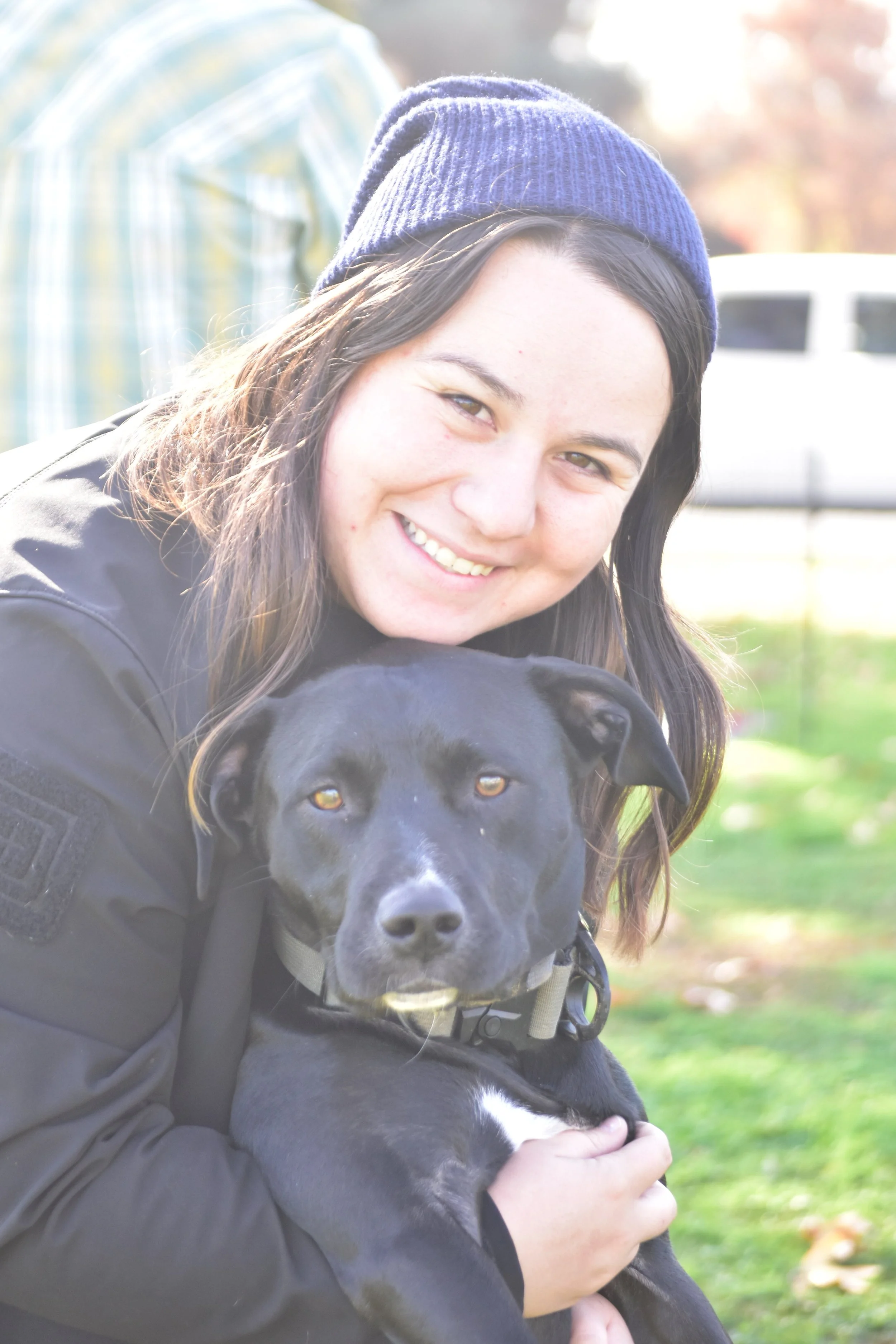
The Most Common Police Dog Breeds Around the World
How do police dogs differ around the world? Our very own Teagan Coleman was interviewed by A-Z-Animals.com to give us the details!

So You Adopted a Puppy- Now What?!
What do you do when you bring a puppy home? We here at NLR have the answers. Here’s your guide to your new best friend!

What Makes a Balanced Dog Trainer?
NLR trains dogs differently from most, using a balanced, holistic, catered approach. What makes a balanced dog trainer? Here’s how we break down our training and keep dogs successful after training.

The Truth About Pit Bulls: Myths, Facts, and Why We Need to Fight For Them
Pit bulls have so much negativity surrounding their breed. This is the truth of these dogs and why they deserve so much better.